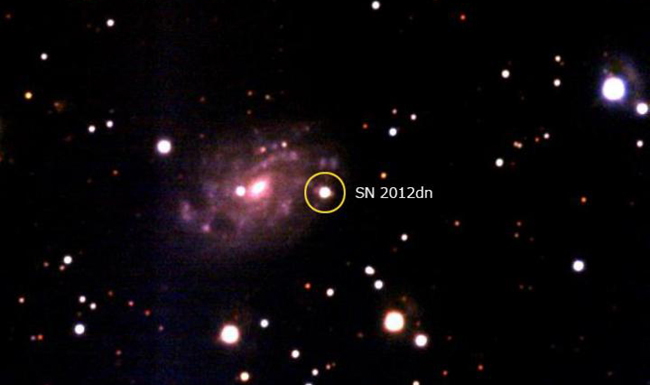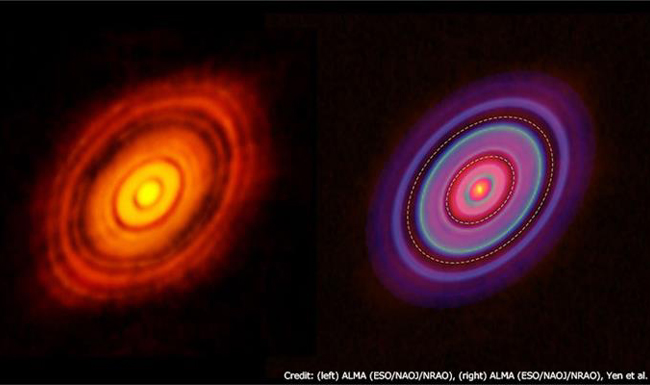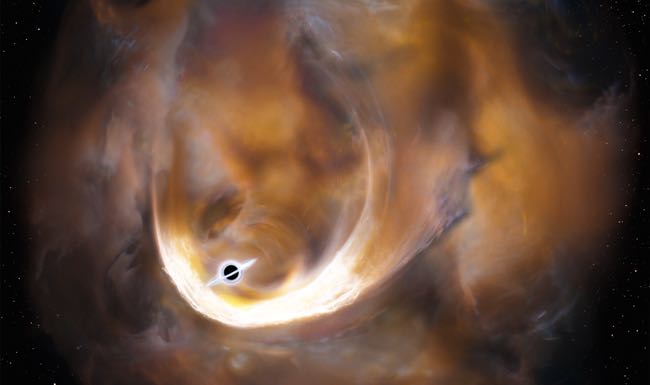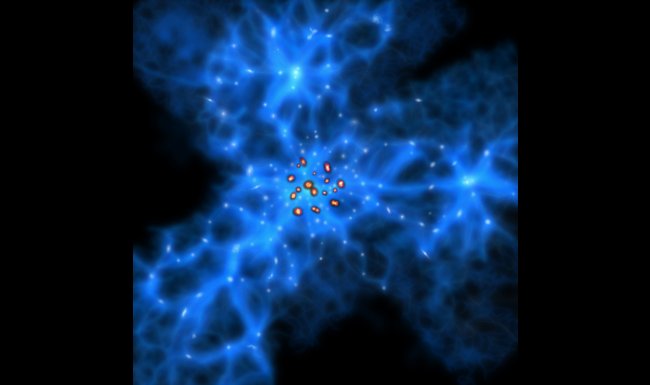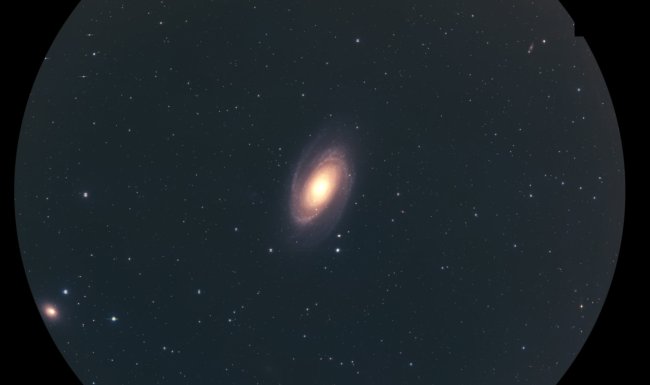
national astronomical observatory of japan
A Baby Icy Giant Planet Is Growing Nearby
Observations of the icy giant planet, which is probably a bit more massive than Neptune, will help us better understand planet formation.
A Supernova Origin That’s Simply Extraordinary
Decades of debate and researchers still don’t agree on the origin of extraordinary supernovae. Now, we may have evidence for one popular theory.
Gaps In Young Star’s Gas Disk Could Indicate Baby Planets
Two gaps in the gas disk around the young star, HL Tauri, are evidence of what might be newly-formed planets—challenging the belief that planets take millions of years to form.
Scientists Detect Signs Of Large Black Hole In The Milky Way
Radio telescopes have identified a possible black hole 100 thousand times the mass of the Sun, hinting at many more “dark” black holes in the Milky Way.
ALMA Spots Monstrous Baby Galaxies Cradled In Dark Matter
By detecting submillimeter wavelength radiowaves, astronomners have identified three monstrous galaxies in a web of dark matter.
Oxygen Not Necessarily A Marker Of Extrasolar Life
Research shows that oxygen could come from other inorganic sources, changing the idea that oxygen is a marker of life on exoplanets.
Magnetically Driven Resonance Helps Heat Sun’s Atmosphere
Why is the Sun's corona even hotter than its core? The combined data from two satellites hints at an answer.
Ghostly Remnants Of A Nearby Galaxy Uncovered
Using the Subaru Telescope's Hyper Suprime-Cam prime-focus camera, astronomers have uncovered faint images of a nearby galaxy.
Monstrous Galaxy At Edge of The Universe Detailed
Scientists have worked out how to use gravity as a lens, bringing a huge galaxy at the edge of the universe into focus.



